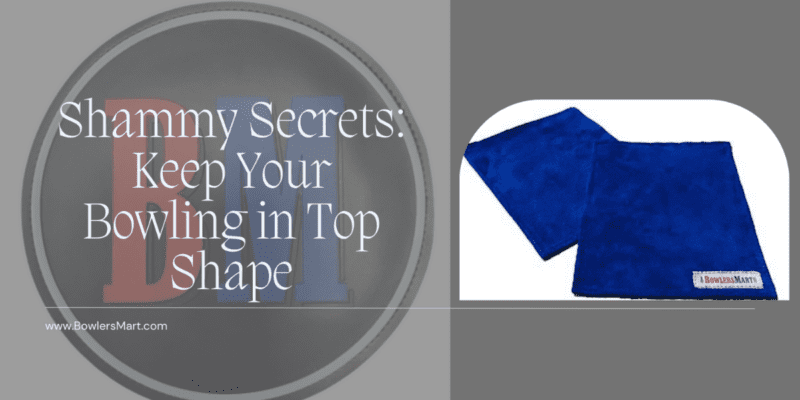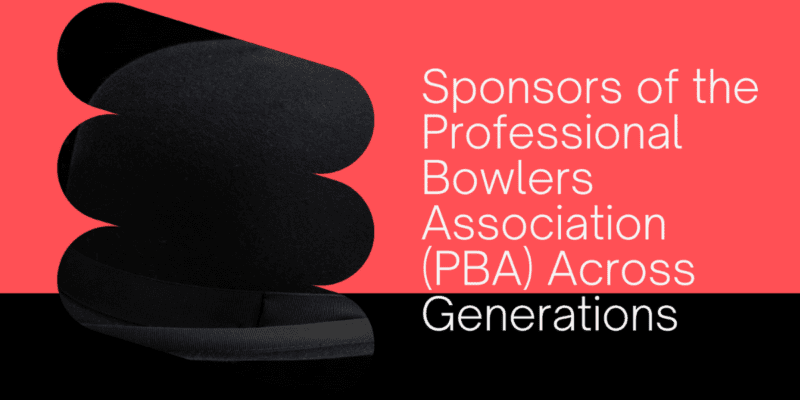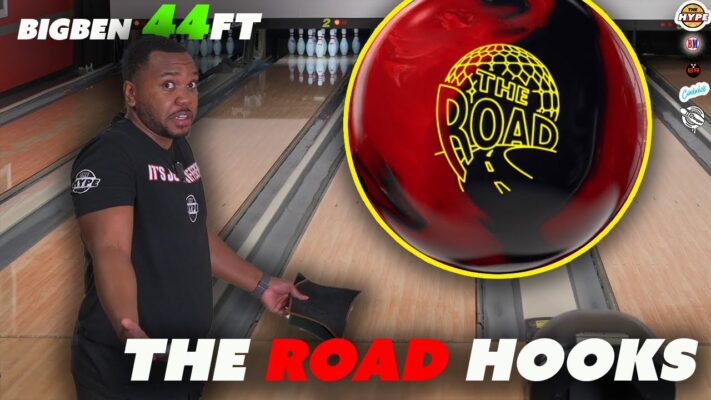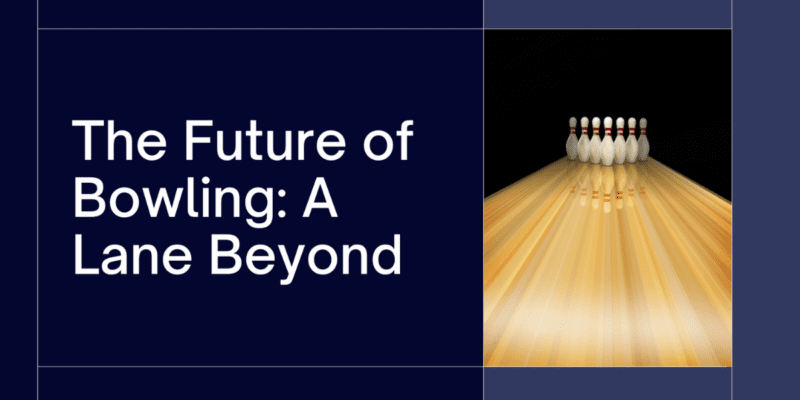Bowling News, MDM Coaching with Mike Moore
Dual Angle Bowling Ball Drilling Layouts Explained by MDM Coaching

After your PSO has watched you bowl, found your PAP (positive axis point), and you’ve chosen a bowling ball to drill, the next step is to drill that high-performance bowling ball. It’s not as easy as it sounds. There are many methods to drilling a bowling ball today but the most popular one is a layout system that the late great Mo Pinel created called the “Dual Angle” System. Once learned, it is a very simple way of understanding of how to fine tune your ball roll with specific layouts. The layout can change the ball’s roll but not its fundamental characteristics. This becomes important to understand when you start building an arsenal for yourself (3 or more bowling balls), as an avid league bowler in different places or different tournaments. If you have one ball at one center and you’re happy with that, drilling patterns won’t be as much of a factor. If you want multiple reactions from your equipment, you should take an interest in this process.
In the pictures, you’ll see bolded out angles on two of my personal bowling balls. These angles describe what shape the ball will have on the lane. Without getting too technical, because this isn’t a Pro Shop Operator Tip, I’ll briefly review the three components to the dual angle system – the Drill angle, the Pin to Positive Axis Point (PAP) distance, and the Vertical Axis Line (VAL) angle.

Drill Angle:
The drill angle is where the weight block is going to be shifted left or right when you’re looking at the bowling ball from pin to CG to mass bias. The drill angle basically tells you how early you want the ball to start rolling. The smaller the drill angle, the more right (left for a lefty) the core will be shifted from your grip, which creates an earlier roll.
Pin to PAP:
This determines how much overall flare you want on the bowling ball. Flare is the oil rings when you roll the ball down the lane and see the track. When you drill a strong pin to PAP distance, the track flare is much wider, so the track marks are much further away from each other. 3 and 3/8 to 5 inches is considered a strong pin to PAP distance, depending on a person’s rev rate. You want to take in to account how much rev rate a person has because if a person has a high rev rate, they won’t need a very strong pin to PAP distance.
VAL Angle:
Vertical Axis Line, in my opinion this is probably the most important factor when laying out a bowling ball. The VAL angle basically moves the weight block up and down on the bowling ball in relation to your grip. If you have a smaller VAL angle, your pin will normally be above your fingers. 30-45 degrees is normally a pin up VAL angle. A bigger VAL angle of 65 – 90+ degrees is going to be pin down drilling. What this determines is how is the ball going to react at its break point. A smaller VAL angle makes the bowling ball transition from the hook phase to the roll phase faster or “snap” when it hits the break point. As you would think, a larger VAL angle is going to be a smoother transition when it hits the break point. The reason why this is very important is if you drill a bowling ball for lane conditions that are not ideal for the VAL angle to react right (as an example, if you drill a bowling ball for a specific pattern like heavy or long, drilling a large VAL angle on the bowling ball means that your ball won’t change direction quickly and you’ll have poor pin carry).
Of course, there are exceptions to the rule but the drilling patterns in a dual angle system are about FINE TUNING the bowling ball’s characteristics. If you drill a super strong asymm sanded bowling ball with a nature to roll smoothly to transition quicker, it will transition a little quicker but it still won’t be as dramatic as if you drilled a symmetrical ball to transition quickly. Even if you drill them the same way, the second ball will change direction stronger down lane because of the characteristics of the ball. I highly recommend working with your Pro Shop Operator on your layouts and making sure he or she can watch you bowl.















Love this,however I’m not so sure I understand it,where it would do me any good or harm. Thanks 😎 JS and I will bring this up to my coach Mike
That was a lot to take in, what can I ask the pro shop about what you just said?
Dual angle is hard to wrap my head around. The rules are easy enough to understand, smaller angle, more hook. But WHY behind it is a little tougher. I prefer the VLS system because it helps me visualize how im putting the ball down and why the reaction happens
As a senior low rev bowler what layout would you recommend. Left handed stroker
As a senior low rev bowler what layout would you recommend. Left handed tweener. Leaving a lot of 7’s lately. Made the moves on the lanes including ball changes.
Help!